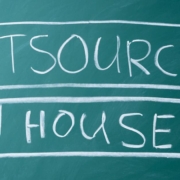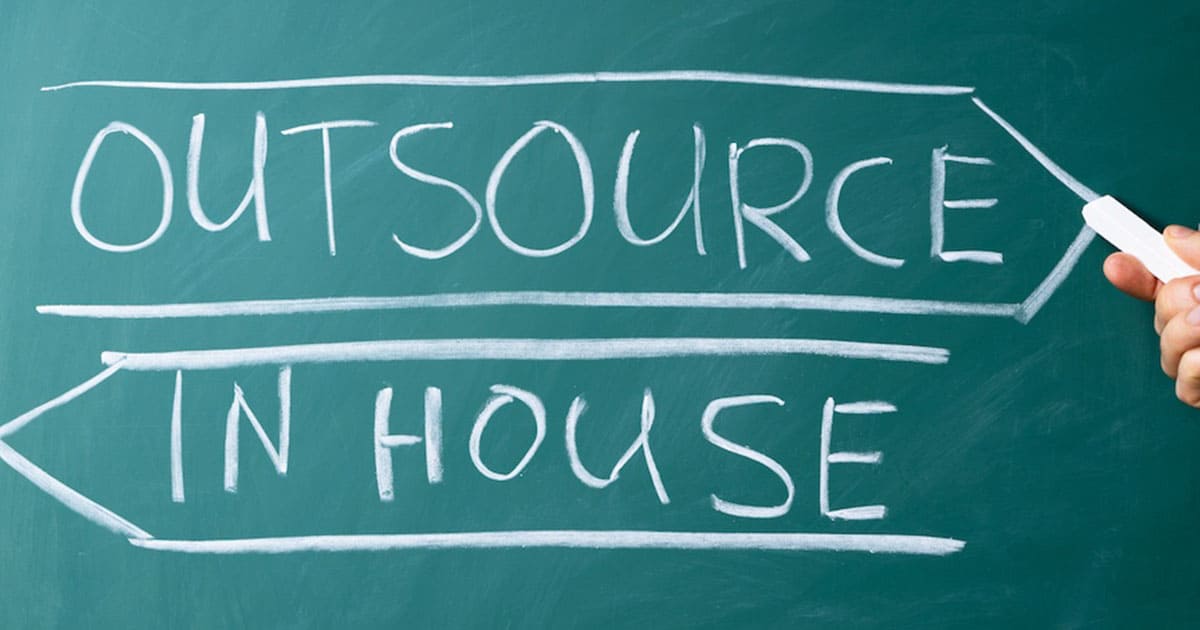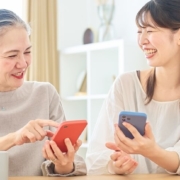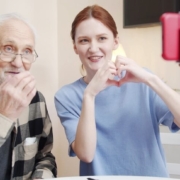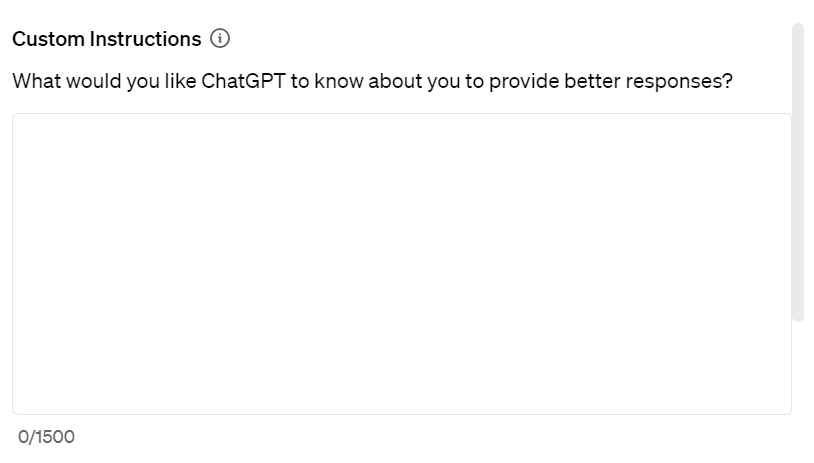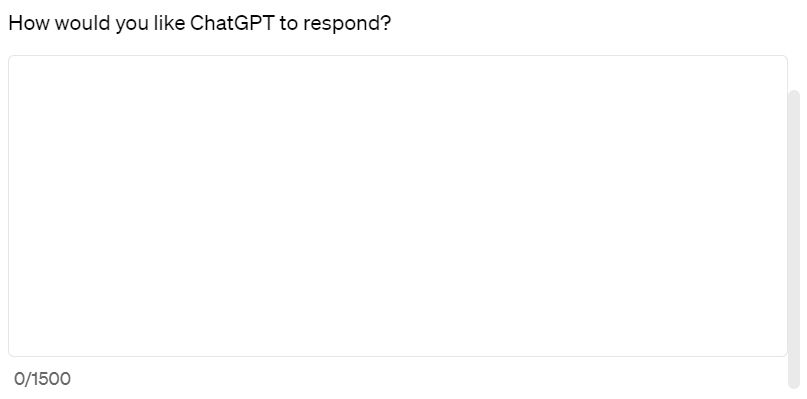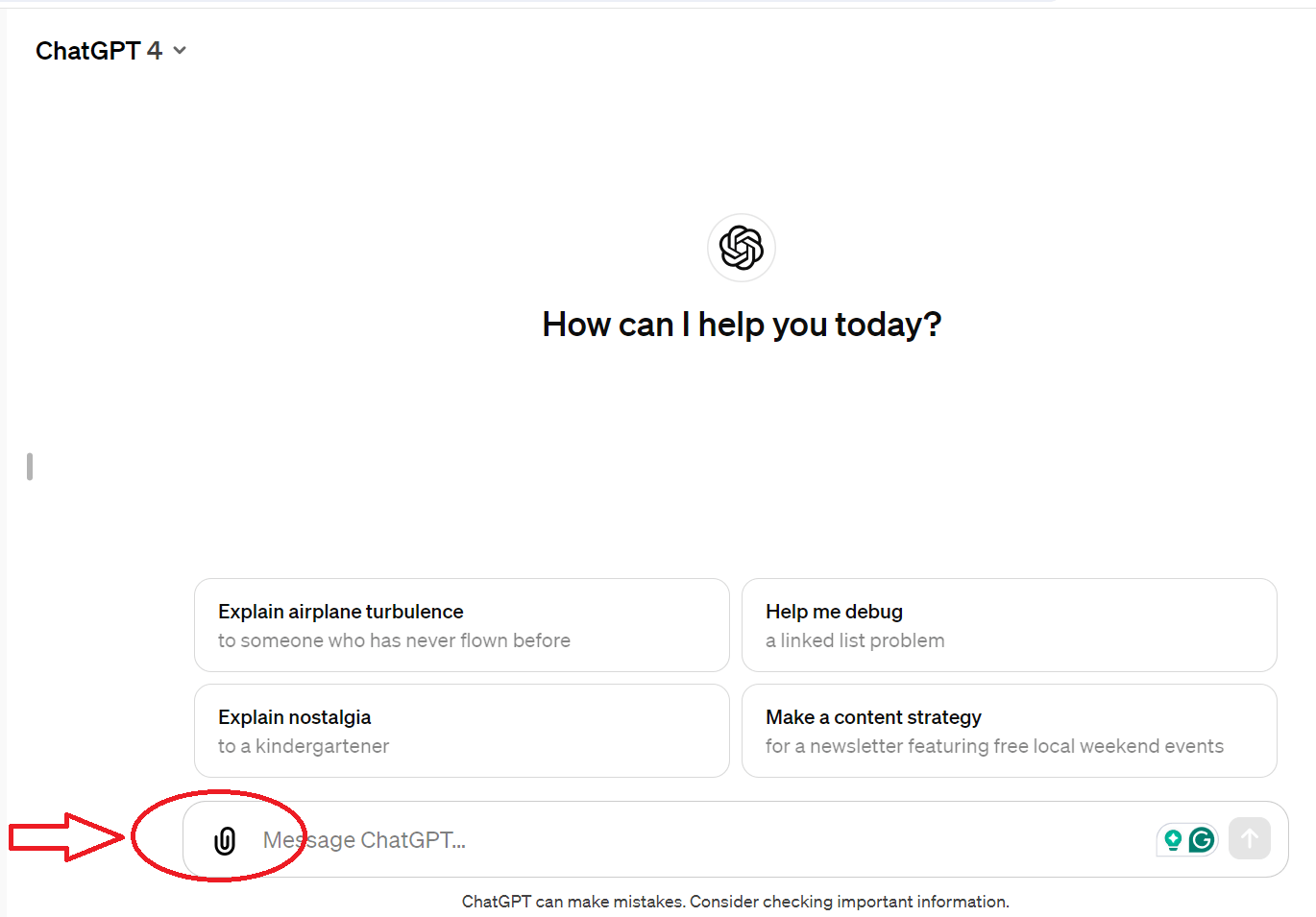Senior Living Marketing Tips: The Adult Child’s Journey

We talk a lot about the buyer’s journey, specifically the one the senior embarks on. But what about the adult child helping the senior make the decision?
The adult child’s journey runs parallel, but it is different, and understanding the differences is essential to your senior living marketing efforts.
At the 2023 SMASH conference, Jamison Gosselin, an executive-level marketing strategist with over two decades of senior living industry experience, shared interesting findings from an in-depth survey he conducted with thousands of adult children.
Below, we’ll discuss two key insights that Gosselin shared with Debbie Howard, Senior Living SMART’s CEO and Founder, during our Senior Living Marketing Perspectives podcast. (You can check out the complete episode here.)
1. Having an optimized website isn’t enough to land your community on an adult child’s radar.
Adult children in the early stages of the buying journey are usually trying to educate themselves about senior living—what it is, how much it costs, and what insurance covers. They’ll often perform searches around those questions.
But guess what? Google’s top results aren’t likely to include your community—even if you have content that answers those questions.
Instead, other sites with more authority—think government agencies like the National Council on Aging, lead aggregators like A Place for Mom, and magazines like Forbes—will rank higher in the SERPs (search engine results pages).
So now, the question becomes: Once the adult children educate themselves and are ready to compile a list of communities to tour, how do you ensure your community makes it onto their list?
If you think having an optimized website is enough, think again. Other factors influence the adult child’s list-making before the adult child even makes it to your website. And the most significant influencer is your community’s Google Business Profile.
Gosselin says the Google Business Profile came up a lot among his survey participants. He adds, “If companies are not completely optimizing every feature and functionality available on their Google Business Profile, then they are missing out because the Google Business Profile has a number of bells and whistles that are more than just bells and whistles, frankly, and are like the church bells that should be ding-donging every time someone goes and does a [search on] ‘senior living in Las Vegas’ or ‘senior living in Portland, Oregon.'”
Google Business Profiles are critical because of the prevalence of “near me” searches. If someone searches for “senior living communities near me,” Google understands where the person is searching and will serve up well-optimized Google Business Profiles accordingly.
Optimizing your Google Business Profile (GBP) goes beyond simply claiming it and adding a blurb or two and some photos. Here are several mistakes that we consistently see communities make with their GBPs:
● Not choosing the correct category. We’ve come across profiles for assisted living that use “skilled nursing” as their lead category. That won’t help your GBP show up for searches on assisted living.
● Not optimizing the Q&A section for long-tail keyword phrases. Answering questions is a great way to demonstrate your community’s expertise and compassion while also giving Google more context about what your community offers.
● Not using GBP posts effectively. Treat Google Business Profile posts like mini blog posts, where you can include clickable (and trackable) calls to action, like “Schedule a Tour” or “Join us for lunch.”
2. Don’t underestimate the power of referrals—or the adult child’s role in giving them.
Gosselin says 46% of his survey participants received a referral from a friend or family member. “That’s a huge number,” he adds.
However, too many communities don’t think through their referral or loyalty programs over the long haul. In particular, operators often forget to nurture relationships with the adult children of past residents.
The adult child’s journey with the community might have ended when their loved one died or moved out, but that doesn’t mean the child’s memory of their loved one’s experience ended. If the loved one had a genuinely good experience in the community, the adult child could remain a good referral source for years to come, provided you nurture this relationship and keep your community at the top of their minds.
Ideas for nurturing the adult children of past residents:
• Craft a special newsletter for adult children whose parents are no longer residents. The tenor and tone of this communication must be respectful, not sales-oriented, and you should carefully curate which adult children you add to the distribution list. Maybe you create a quarterly or yearly “Perspectives” newsletter or publication that shows what’s new in the community, highlights residents, and includes a spotlight on a long-term employee. These things can help keep your community on the adult child’s radar.
• Consider memorializing past residents so the adult child remains connected to the community. Invite adult children whose parents were particularly happy in your community to select a memorial item with their loved one’s name, like a brick in the new wall around the gardens, a butterfly tree, or a bench—you get the idea. Encourage the adult child and their family to visit the memorial anytime, including meaningful dates, like birthdays and wedding anniversaries.
• Send a “thinking of you” card to the adult child on the anniversary of their loved one’s passing. You don’t need to do this forever, but you could send a thoughtful card in the first few years after the resident’s death.
PRO TIP: People’s relationships with their parents are often fraught and complex. Don’t make assumptions about what the person might be feeling. Keep it simple. Here’s an example: “As the first anniversary of your mother’s passing approaches, we wanted to reach out and let you know we’re thinking of you.”
• Encourage adult children to maintain connections with other residents. Adult children often become friendly with people their loved ones befriended in the community. Encourage the adult children to stay in touch if it feels right.
• Don’t forget to send a thank-you note when the adult child makes a referral. Hopefully, your team is good at asking prospects who referred them to your community. If it turns out the referrer is the adult child of a past resident, you should still thank them by sending a handwritten thank-you note.
Understanding your community’s personas is the key to effective senior living marketing.
Creating personas isn’t a once-and-done exercise, and it isn’t something you should guess at or make up. We have a proven process for developing custom personas that will inform your marketing going forward. Contact us if you’d like to know more.




